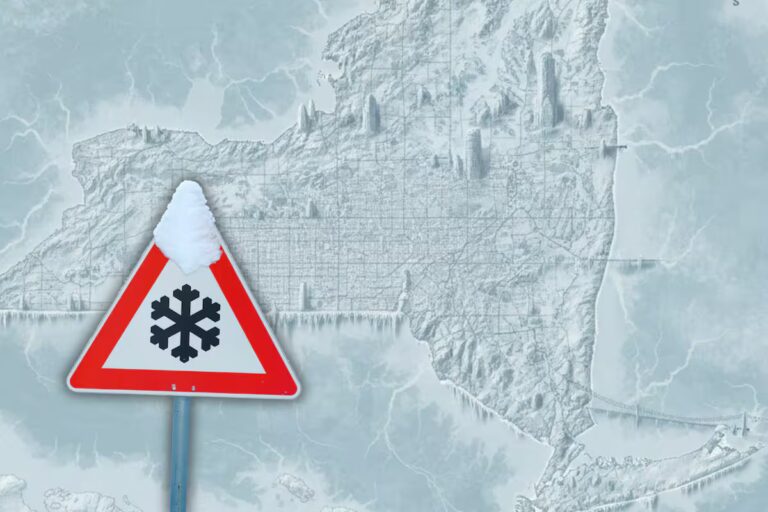
Philippine rescue teams began cleaning and rebuilding operations this Tuesday (11th) following the devastating passage of Typhoon Fanwong, which killed at least 18 people and forced 1.4 million people to evacuate. The phenomenon, which reached speeds of up to 230 kilometers per hour, hit the country like a super typhoon on Sunday night, causing flooding, landslides and power outages in dozens of cities.
Philippine rescue teams began cleaning and rebuilding operations this Tuesday (11th) following the devastating passage of Typhoon Fanwong, which killed at least 18 people and forced 1.4 million people to evacuate. The phenomenon, which reached speeds of up to 230 kilometers per hour, hit the country like a super typhoon on Sunday night, causing flooding, landslides and power outages in dozens of cities.
Reconstruction efforts are being complicated by receding water levels in flooded villages, landslides and the isolation of some communities. In the coastal state of Isabela, the town of about 6,000 people remains completely isolated.
Parts of neighboring Nueva Vizcaya are also inaccessible. Cagayan Valley region civil defense spokesman Alvin Ayson said the landslide prevented rescue teams from accessing the worst-hit areas. One of the landslides killed a 10-year-old boy.
The number of casualties was updated by National Civil Defense Director Rafaelito Alejandro, who warned that even initial recovery efforts were likely to take weeks. “Our biggest challenge now is to restore access to isolated areas, free roads and reinvigorate energy and communications networks,” he said.
In the worst-hit island of Catanduanes, water could take up to 20 days to be restored.
Taiwan prepares
Hungwon, which forced the evacuation of approximately 1.4 million people, lost strength and was reclassified as a severe tropical cyclone. The storm is now heading towards Taiwan, forcing schools and government offices to close in several areas. This phenomenon strengthens the northeast monsoon and increases the risk of extreme rainfall, reaching 400 millimeters in just 24 hours.
Taiwanese President Lai Ching-de urged people to avoid dangerous areas such as coasts and mountainous areas.
Fanwong’s passage comes days after Typhoon Karmaegi devastated central Philippines, killing at least 232 people, according to the latest official figures. A series of extreme events has reignited warnings about the impact of climate change on the intensification of tropical cyclones in Southeast Asia.
Hungwon occurred in early November and hit the Philippines with winds of up to 230 km/h, covering almost the entire country. With a diameter of approximately 1,800 km, it was one of the largest typhoons recorded in Japan in recent years.
The storm caused massive flooding, destroying hundreds of homes and leaving thousands of people stranded in makeshift shelters. Experts warn that these events are increasing in frequency and intensity, requiring greater preparations by local and international authorities to deal with climate disasters.
What is AFP?



